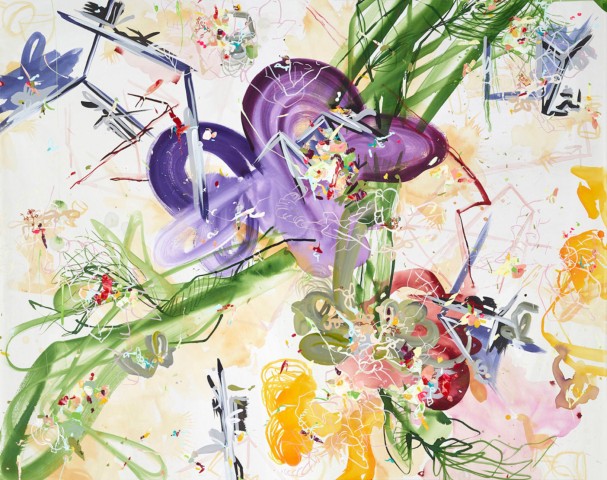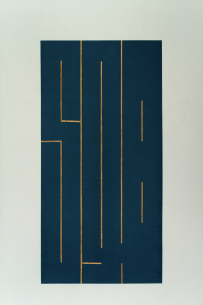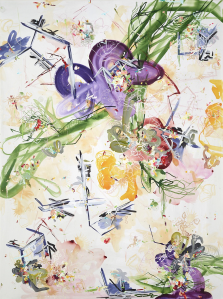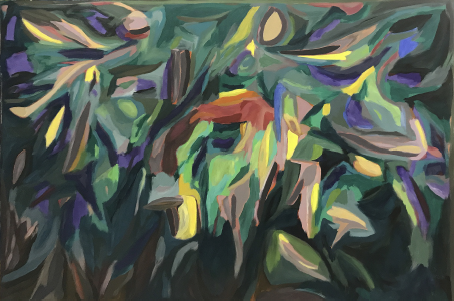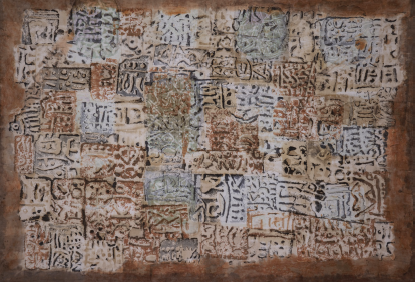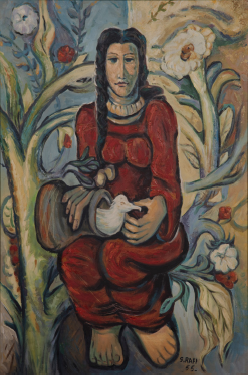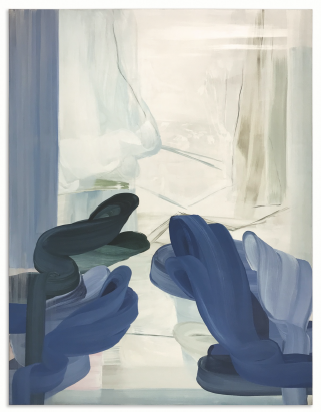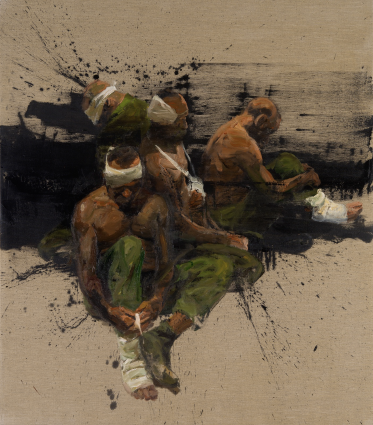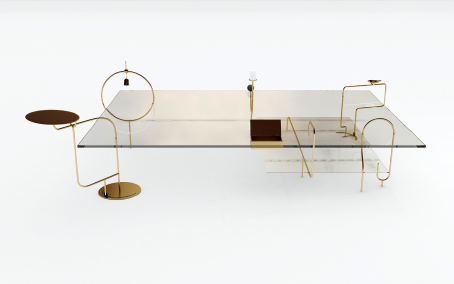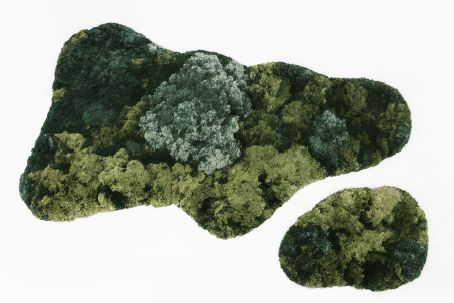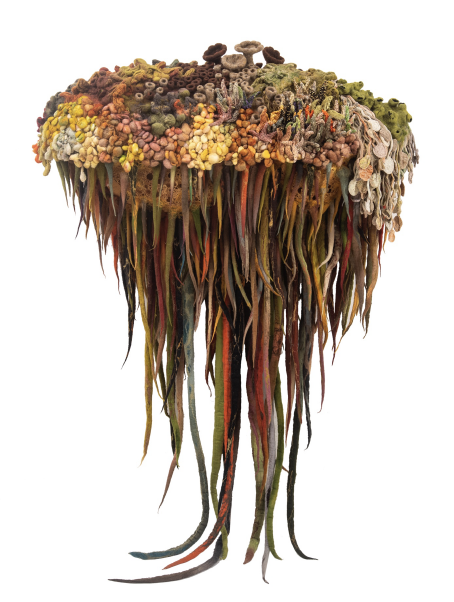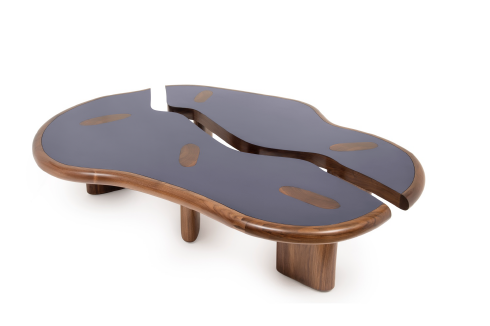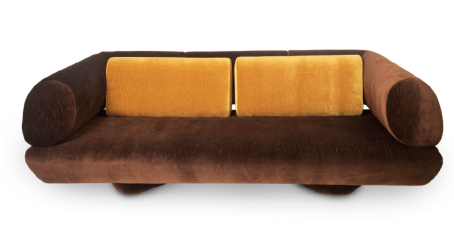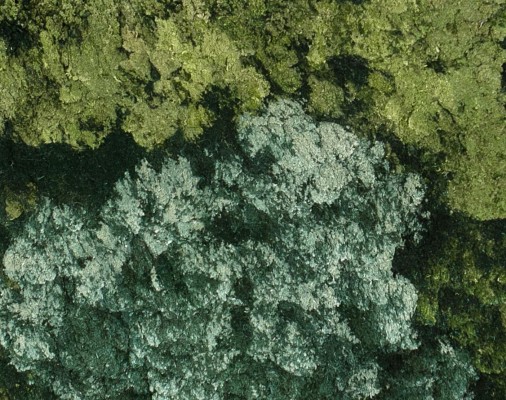PIASA auction house organizes on Wednesday, September 30, 2020 at 6:00 p.m. a sale "From Beirut Art + Design Scene" which illustrates diversity of the artistic production of Lebanon but also of the Middle East.
If this selection highlights emerging artists from Lebanon, the Near and Middle East, it also presents more established artists such as Shafic Abboud (1926-2004), Chaouki Choukini (born in 1946) or Hussein Madi (born in 1938) who are important milestones in the history of art in the second half of the twentieth century.
"From Beirut Art +Design Scene" is a sale that showcases a dynamic and contemporary creative scene. Since the end of the civil war in 1995, Beirut has regained its place as an artistic city by building workshops, residences, galleries, museums and foundations... A showcase of the avant-garde in the region, many artists and designers have been exhibited or have commencé́ their careers in Beirut long before being shown in the Middle East or the West. Beirut is an artistic hub where creative life is intimately linked to its DNA.
Two curatorial axes
The Design section is distinguished by a set of furniture that could just as well have been created in the West. The objects presented are in no way linked to an oriental or artisanal style, we are dealing with a purely contemporary design. The majority of designers already have European or American galleries... They have exhibited at the Arab World Institute, for the Carpenters Workshop Gallery, Nilufar, the Nomad fair, Carwan gallery, Design Miami...
The artistic selection is deliberately anchored in regional themes. The selected artists are Lebanese, Syrian, Jordanian, Egyptian... They have a career momentum in Beirut, a city with a freedom of expression unequalled in the Middle East. The majority of these artists have gained international recognition and their works have been included in major collections and institutions such as the Centre Pompidou, the Tate, the MoMA, the Sursock Museum, the Saradar Foundation, the Barjeel art foundation, the Sharjah, the Jameel Arts Centre...
Johanna Chevalier, curator
The chapter devoted to the artistic production highlights some of the most significant actors of the Lebanese artistic scene such as Samir Sayegh, Hiba Kallache, Daniel Génadry or Aram Jughian. Their works offered for sale evoke several aspects of a society and a culture still deeply marked by the twists and turns of a painful past.
Samir Sayegh (born in 1969)
A pioneer of Arab modernity, the artist and poet Samir Sayegh liberated calligraphy from language and meaning. Instead, he focuses on the aesthetic properties of the written word in order to create a universal visual language. Thanks to this geometric minimalism, Sayegh's works bridge two artistic traditions. From 2003 to 2007, he was a lecturer in the Department of Architecture and Graphic Design at the American University of Beirut, where he continues to live and work.
Samir Sayegh (born 1945)
Hawa, 2018
Estimate : 15 000 / 20 000 euros
Hiba Kalache (born in 1972)
After training at the San Francisco School of Fine Arts, Hiba Kalache returned to Lebanon, which she had left with her family in 1989. In 2018, the Saleh Barakat Gallery organizes her first solo exhibition.
Through pastel tones, natural pigments and oil colors, the artist gravitates around her traumatic memory of Beirut, reminiscences of her childhood during the war and her wanderings in areas partitioned by the fighting.
Hiba Kalache (born 1972)
The sacred monster died, 2018
Estimate : 10 000 / 15 000 euros
Aram Jughian (born in 1959)
Self-taught, the Lebanese-Armenian artist and poet is the author of an abstract work. The music of the great composers (Bach, Ravel and Debussy) influenced his painting.
Working with great spontaneity, Jughian often incorporates newspapers, magazines and everyday objects such as cinema tickets or food packaging. His canvases were first exhibited in 1975.
Aram Jughian (born 1959)
untitled, 2014
Estimate : 10 000 / 15 000 euros
Other artists from the Near and Middle East are also honoured in this session on Wednesday 30 September 2020, including the Syrian Moustafa Fathi, the Egyptian Samir Rafi, the Iranian Mojé Assefjah and the Iraqi Serwan Barran.
Moustafa Fathi (1942-2009)
After having stayed in France for several years, this plastic surgeon returned to Syria where she was born. He reinvests the millenary heritage of Syrian textile production with his works printed on cottons using cut and engraved plates. In a traditional process, the fabric is laid on the ground. With this repetition of simple figures and geometric patterns, the allusion to the weaving workshops is evident, while incorporating a more Western influence such as that of Jean Dubuffet and Paul Klee.
Moustafa Fathi (1942-2009)
Technique mixte sur toile, 1984
Estimate : 12000 / 18 000 euros
Samir Rafi (1926-2004)
An important member of the Contemporary Art Group - a collective founded in 1946 focusing on the relationship between art, society and popular culture - Samir Rafi draws his inspiration from Egyptian daily life. His work also bears witness to the modern history of his country.
A graduate of the Cairo School of Fine Arts and holder of a doctorate in art history from the Sorbonne, this artist has participated in numerous international exhibitions since the early 1970s.
Samir Rafi (1926-2004)
Mustafa
Estimation : 12 000 / 18 000 euros
Mojé Assefjah (born in 1970)
Born in Tehran in 1970, Moje Assefjah lives and works in Munich, Germany. After completing her training at the Academy of Fine Arts in Munich, she received a first scholarship which enabled her to begin a residency in Rome in 1999. Abstract, the Iranian artist's painting gives gesturality a very important place. Since the early 2000s, her works have been regularly presented in solo and group exhibitions in Europe and the Middle East.
Mojé Assefjah (born 1970)
Hommage à Monet
Tempera sur toile
Estimate : 14 000 / 18 000 euros
Serwan Baran (born in 1968)
The Iraqi Kurdish artist grew up in Badgad where he obtained a degree in Fine Arts. In 2003, during the American invasion of Iraq, he moved to Amman, Jordan. Over the past twenty years, he has participated in the Cairo Biennale in 1999, the Al-Kharafi Biennale in Kuwait in 2011 and the 58th Venice Biennale where he represents Iraq. Today, he lives and works in Lebanon.
Serwan Baran
untitled, 2020
Estimate : 12000 / 18 000 euros
This sale also presents some of the most emblematic designers of the Lebanese scene such as Gregory Gatseleria, Rumi Dalle, Iwan Maktabi, Georges Mohasseb and Stéphanie Moussallem.
Gregory Gatseleria (born 1951)
Quidamus, N°1/8
Estimate : 12 000 / 18 000 euros
Rumi Dale (born 1989)
This is where we meet – Pièce unique
Estimate : 15 000 / 20 000 euros
Stéphanie Moussalem (born 1987)
Table basse,
Estimate : 5 000 / 7 000 euros
